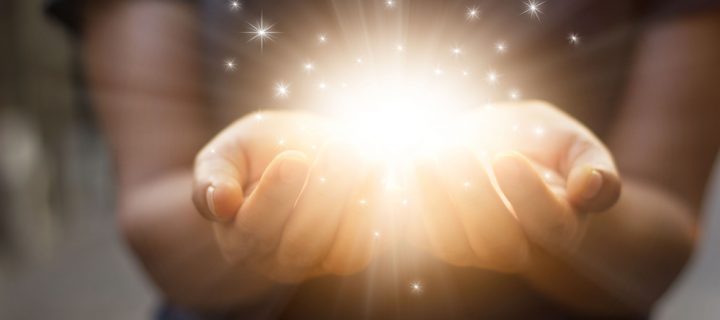Cancer killed her but it also led to medical discoveries that have helped many other people.
Oh, to live forever. At first thought, this might seem heavenly. To never have to face death and to enjoy ample opportunity to pursue your happiness on Earth could sound like a dream. If you really think about it though, it could also be a living nightmare. With endless bills to pay, the constant need for nourishment, and an ever growing sense of boredom, eternal life could be a horrible problem to deal with.
One woman in history has faced this, albeit not on the level we are talking about. Her name was Henrietta Lacks, and her cells have proved to be immortal. They were nothing short of miraculous. While devastating for her, Henrietta’s everlasting cells have helped humans discover many ways to fight off disease, from polio to the novel coronavirus.
Cervical Cancer
The story of Henrietta Lacks is a sad one for her personally. Lacks, a young mother of five children, developed a deadly cancerous tumor on her cervix in 1951. She sought medical help at Johns Hopkins Hospital. This was after suffering from vaginal bleeding and she was given radium treatments, the only tactic at the time. Lacks died of her disease in October 1951 but there is a much brighter side to this story. She unknowingly left a legacy. While her treatment was happening, the cells taken for Lacks’ cancer biopsy were also looked at in a lab. Dr. George Gey was a virus and cancer researcher of the time and he was examining cancer samples for professional research.
Related: Don’t Avoid These Subtle Signs of Adult ADHD
As Hopkinsmedicine.org reports, most people’s cells died rapidly in Gey’s lab. Human cells do not usually tend to live that long outside of the body without some assistance. But not those of Lacks. These were astoundingly different. Not only did her cells survive for long periods of time, but they actively multiplied. This is what caused the cancer that would eventually kill Lacks, but the cells astounded Gey. As if divinely inspired, Henrietta Lacks’ cells doubled every day. Every 20 to 24 hours they increased two-fold.
Henrietta Lacks’ Legacy
Lacks’ cells have proven to be so amazing they have been used in research around the world. When word got out that Gey had miraculous multiplying human cells, scientists wanted to learn from them. Lacks’ cells have since been given the name “HeLa”. They have played an integral role in science. From discovering how cancer cells grow, to the effects of hormones, viruses, toxins, and drugs on humans, HeLa cells have actually saved the rest of us. HeLa cells have been used to study the human genome, and the effects of radiation. These cells have even played a crucial role in developing the polio and coronavirus vaccines.
According to Harvard University, HeLa cells have been used in more than 100,000 scientific studies. They have been sent to outer space, and led to discoveries related to three Nobel prizes. HeLa cells have truly revolutionized the possibilities in medical research. Thanks to the Henrietta Lacks Family Foundation, the immortality of Lacks’ cells continues to give the world a brighter future. Pretty cool. Now you know!
photo credits: PopTika/Shutterstock.com











